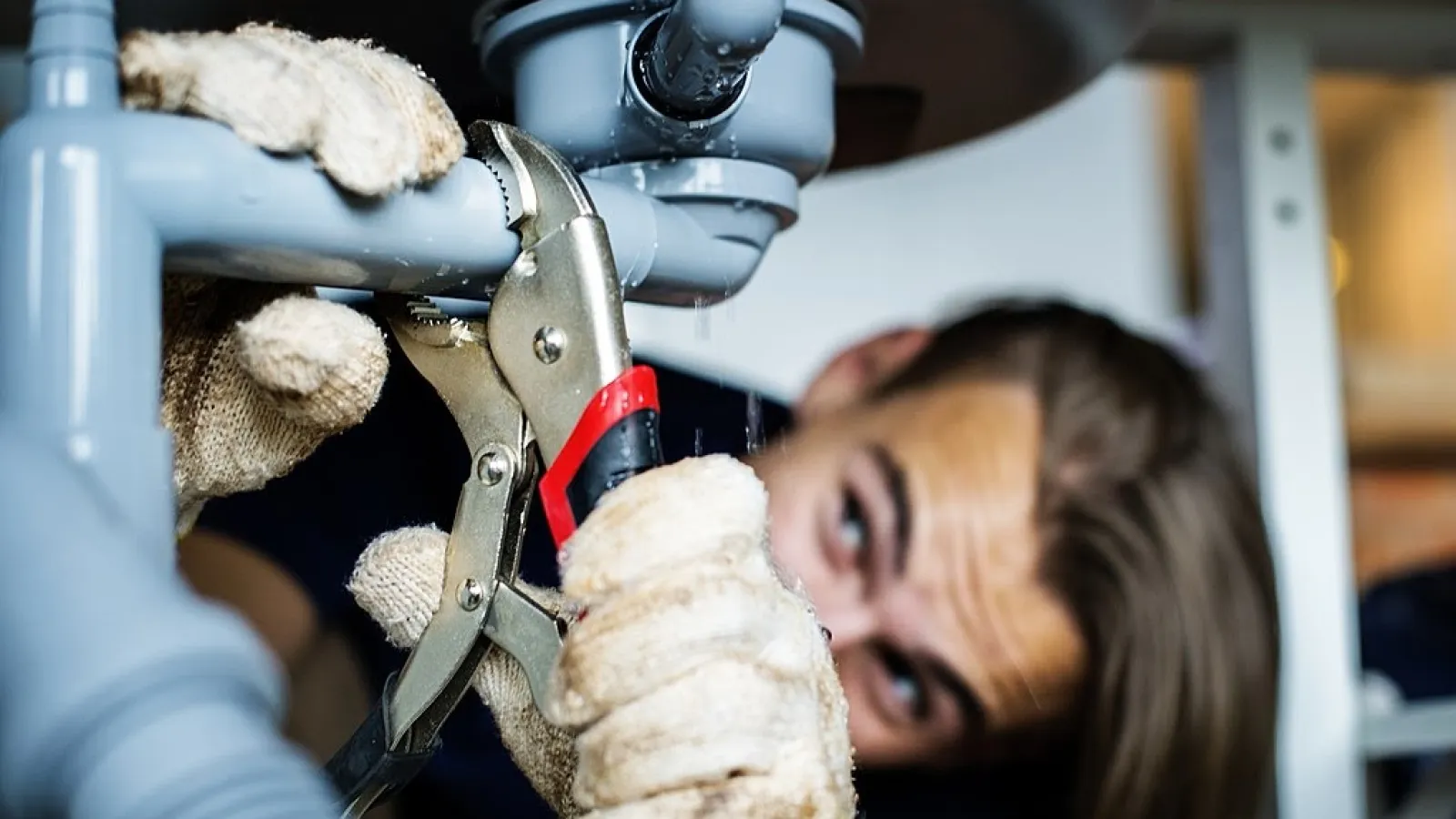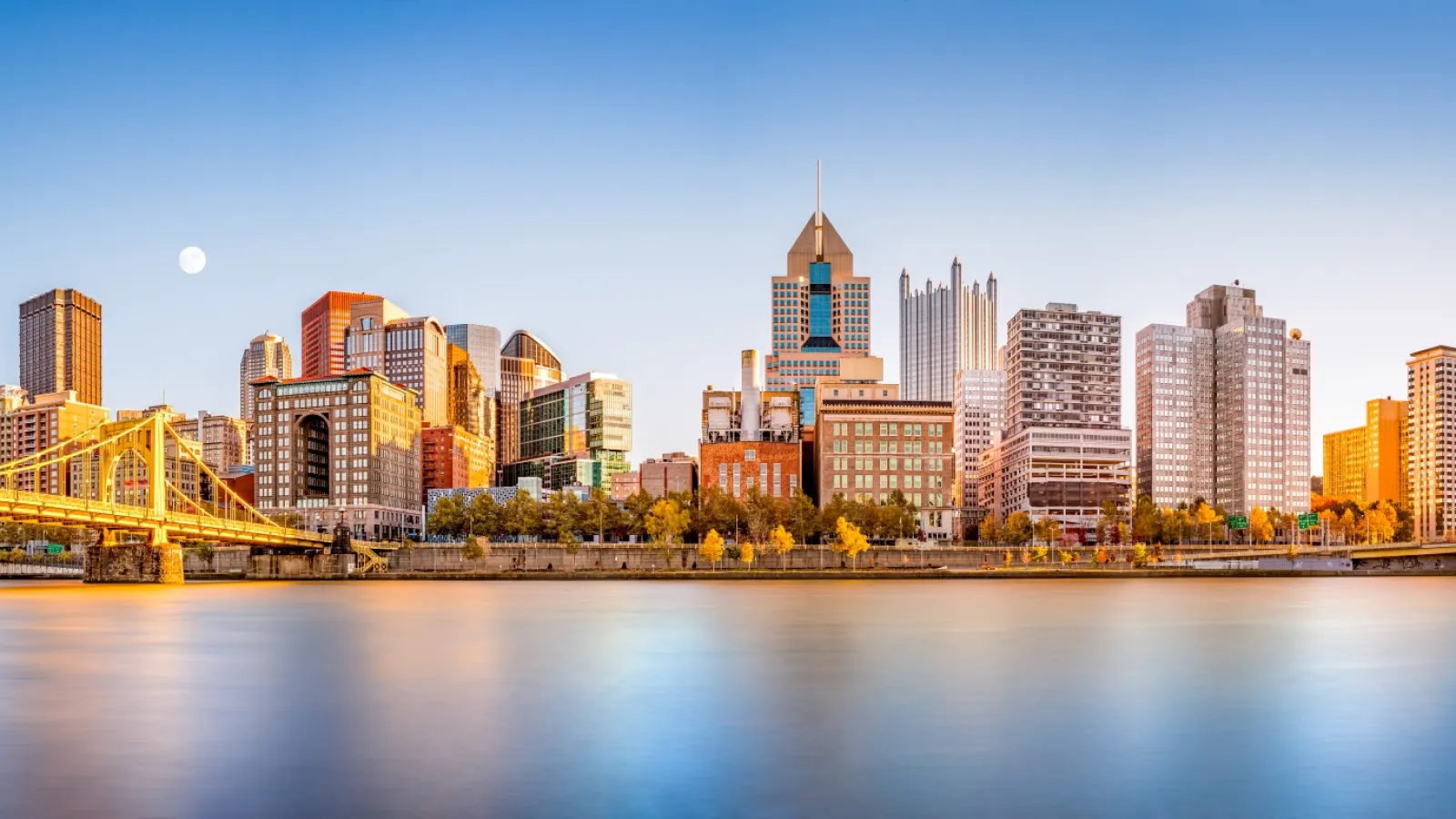Water backflow can cause some serious issues for your household. Backflow, which occurs when the water in your system reverses and begins moving backward through your pipes, can contaminate your water supply. As a result, you are vulnerable to harmful, disease-causing bacteria, chemicals, and germs. Showers, pools, hot tubs, and even lawn sprinkler systems can also be affected.
Backflow may occur due to back pressure, which forces the water to flow back in the wrong direction. Back siphonage may also be the culprit behind your backflow issues. This occurs when the water supply pressure is lower than the system pressure.
Following backflow prevention practices is the best thing you can do to protect yourself against this dangerous and expensive issue. Restano Heating, Cooling & Plumbing has an entire team of certified plumbing professionals that can perform a thorough backflow test for your system. Along with hiring a certified plumber to check your system, you can also follow a number of preventative measures to keep you and your loved ones safe. Check out our top tips for preventing backflow now!
5 Tips for Preventing Backflow in Your Home
Keep your water supply free of contaminants by following these 5 backflow prevention tips.

There are a number of things you can do to prevent backflow in your home. Our top recommendation is to bring in a Restano expert to perform a backflow test. Purchasing items like an air gap and pressure type vacuum breaker will also help you ensure your water is moving in the right direction. To keep your water supply clean, you should also remember to change your filters on a regular basis. Learn more tips for protecting your water system now!
1. Bring in an expert for a backflow test
The best thing you can do to prevent backflow is to schedule regular backflow tests. During a backflow test, a plumber will close the downstream valve of your system. Then, they will wait a few minutes before checking the direction of the movement in the pressure gauge. During the test, they will also make sure the air ports are opening properly and that the relief valves are working.
Restano’s team of plumbing experts all have certifications for performing backflow tests for both residential and commercial properties in Pittsburgh. If there are any issues with your plumbing system, they will address the issue on the spot. Because the plumber will be temporarily shutting off your water, you’ll want to make sure that everyone in your household is aware of the appointment so they can plan accordingly.
2. Install an air gap fitting
An air gap is a popular device for preventing backflow. Unlike other backflow prevention devices, air gaps are non-mechanical. They are essentially the physical space between a water outlet and the flood level of a vessel. Many faucets already come equipped with this air gap. This allows water to flow from the faucet normally while also preventing it from moving back into the faucet.
3. Purchase a pressure type vacuum breaker
Pressure type vacuum breakers are also popular devices for preventing backflow. This monitoring device is designed to continually keep track of your system’s pressure. To use it, you simply need to install the device directly onto your pipes. The installation process can be complicated, so it is recommended to consult with a plumber before you begin. Using its built-in sensor, the pressure type vacuum breaker will continually monitor your pipes’ water pressure. If the pressure drops too low, the device will close the check valve to help prevent backflow and water contamination.
4. Change your home filters on a regular basis
In addition to installing an air gap and pressure type vacuum breaker, you should make sure to change your filters on a regular basis. This is because the filters in your plumbing system may grow bacteria from contaminated water. In an average full home filtration system, there are three filters to pay close attention to, the sediment pre-filter, sub-micron post-filter, and the iron filters. The sediment pre-filter should be replaced every 3 to 6 months, the sub-micron post filter every 9 to 12 months, and the iron filters should be changed if you notice any difference in consistent water flow.
5. Protect your home with a barometric loop
Barometric loops are essential U-shaped stretches of piping designed to make it more difficult for water to travel back through the system. Since they tend to be more difficult to install than air gaps, it is always worthwhile to ask if your plumber can install one. Your home can never be too protected!
Restano is Here to Help
Restano offers top-of-the-line backflow prevention services for houses around the Pittsburgh area.

It’s much easier to prevent backflow than to fix it after an issue has already occurred. That’s why Restano Heating, Cooling & Plumbing offers backflow tests to homeowners around the Pittsburgh area. A certified plumber from the team will come to your home and start the test by inspecting your system’s pressure. As they check for changes in the direction of movement in your pressure gauge, they will also keep an eye out for water leaks.
Are you behind on your backflow prevention inspection? Contact our office today to get a free quote for our services!

